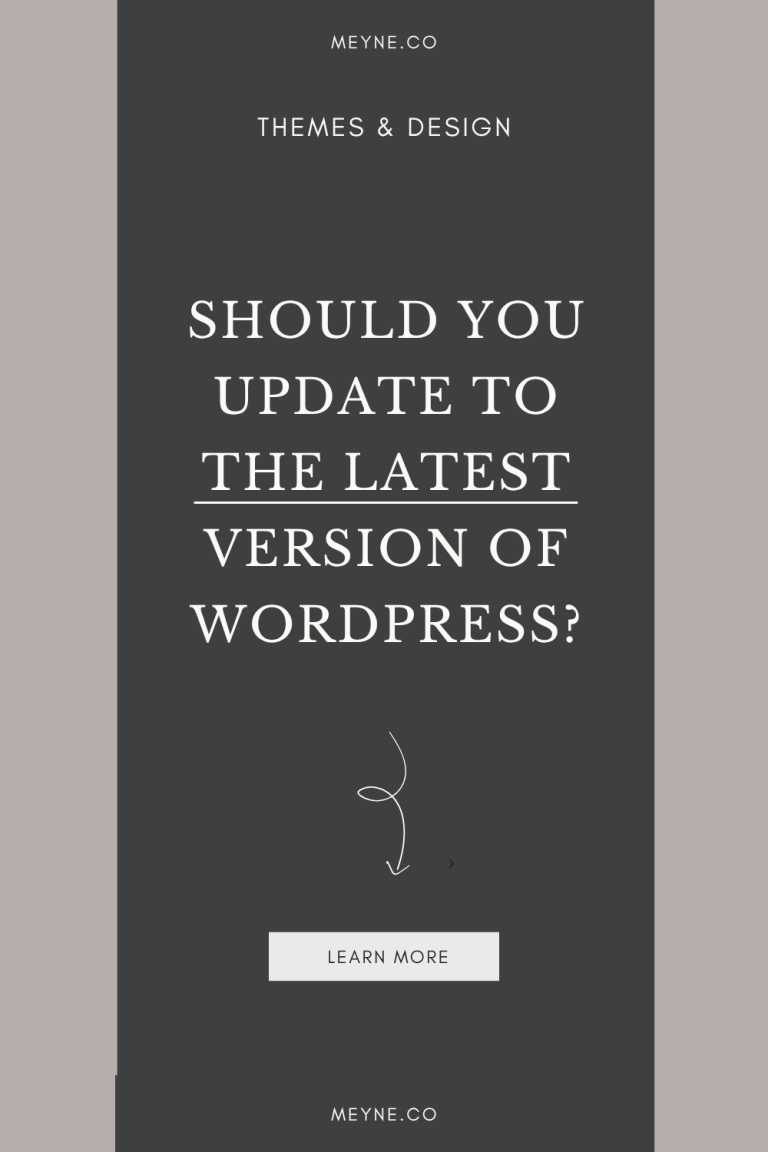If you’re a food blogger using Webflow, you might have noticed some limitations that can slow down your growth. There are some designers out there who work only with Webflow, so they might try to convince you that you can succeed there (not knocking them, they just aren’t experts in SEO or food blogging so they just don’t know).
While Webflow has a streamlined design interface, it’s seriously lacking in areas like SEO, speed, and flexibility, which are all everything for a successful food blog. Here’s why switching to WordPress is the best move for your blog.
1. Better SEO Capabilities
- WordPress Dominates SEO: WordPress powers over 43% of all websites and is renowned for its SEO-friendly structure. With plugins like Yoast SEO and Rank Math, optimizing your content is straightforward and effective. These tools guide you through optimizing meta descriptions, title tags, image alt text, and even readability scores, ensuring your posts are primed to rank.
- Advanced SEO Features: WordPress allows for easy integration of XML sitemaps, schema markup, and breadcrumb navigation, all of which improve your site’s visibility in search engines. Plus, regular updates from SEO plugins keep your site aligned with the latest algorithm changes.
- Webflow’s Limitations: While Webflow has some SEO tools, they’re not as robust or user-friendly as WordPress plugins. Advanced SEO settings often require manual tweaks in Webflow, which can be a hassle, especially if you’re not techy.
- Comments: Reader comments and ratings are a big deal for your SEO. It’s a foundational part of WordPress, but Webflow does not have commenting and rating built in. (When googling a recipe yourself, aren’t you more inclined to click on a recipe with lots of good ratings? Not even an option on Webflow…)
2. Speed and Performance
- Faster Load Times on WordPress: With caching plugins like WP Rocket and content delivery networks (CDNs) like Cloudflare, WordPress sites can be super fast, which isn’t just a key factor for keeping readers engaged, it’s a metric Google uses in deciding whether to send people to your blog. Plus, image optimization plugins like ShortPixel make sure your photos (a must for food blogs) load quickly without losing quality.
- Control Over Performance: WordPress offers granular control over performance tweaks. You can easily minify CSS and JavaScript, lazy-load images, and optimize your database to ensure top-notch speed.
- Webflow’s Speed Issues: Webflow sites often rely heavily on JavaScript, which can slow down load times. And Webflow’s closed system limits your ability to fine-tune performance settings, leaving you with less options to optimize speed.
Stat: A Google study shows that improving your Speed Index score by just one second can increase conversions by up to 7%. Speed is huge for keeping visitors and ranking in search results.

3. Flexibility and Customization
- Unlimited Customization with WordPress: With thousands of themes and powerful plugins, WordPress gives you complete control over your blog’s design and functionality. You can easily add features like recipe cards, affiliate links, custom widgets, and even shopping capabilities if you decide to sell cookbooks or merch.
- Tailored Tools for Food Bloggers: Plugins like WP Recipe Maker and Tasty Recipes are specifically designed for food bloggers, offering rich recipe formatting, nutrition facts, and schema markup for better SEO. You can also integrate tools for email marketing, social sharing, and monetization pretty easily.
- Webflow’s Design-First Limitations: While Webflow is great for visual design, it lacks the flexibility to easily integrate specialized tools and plugins that are essential for food bloggers. Adding custom features often requires complex workarounds or custom coding, which can be a barrier if you’re not a developer–and even when they are added, they don’t function or perform as well as the WordPress options.
4. Community and Support
- Massive WordPress Community: With millions of users worldwide, finding support, tutorials, and forums for WordPress is easy. Whether you’re troubleshooting or looking for new plugins, help is always available.
- Smaller Webflow Community: While Webflow has a dedicated user base, the resources and support available don’t compare to the WordPress community.
TL;DR
If you’re serious about growing your food blog, WordPress is the gold standard for SEO capabilities, faster load times, greater flexibility, and community support. Moving over might seem daunting, but the long-term benefits are totally worth the initial effort.
P.S. If you are looking for a redesign and you’re on Webflow, we’ll make the move to WordPress for you!






